This year’s World Sepsis Day occurs at a stage where, among 210 million COVID-19 survivors, a large proportion of them have developed or are at risk of developing long-Covid symptoms. Among the most common ones are fatigue, muscle weakness, difficulties of breathing and cognitive impairment, which can last for months[1].
Sepsis - the life-threatening body response to an infection – affects 52% of hospitalized COVID-19 patients and 78% of those in ICU[2]. After hospital-treated sepsis, up to 75% of survivors suffer from new diseases and 32% are newly dependent on nursing care[3]. Every second COVID-19 patient reports at least one new symptom after four months[4].
“This demonstrate once more that sepsis must be a priority for every national health system and for the work programs of international organizations such as, for example, WHO, European Commission, ASEAN, African Union, G20, G7 and others. The response to the pandemic by healthcare providers, government and authorities has been unprecedented. The world must have the same vigorous response regarding sepsis”, says Niranjan ‘Tex’ Kissoon, GSA President.
In 2017 the World Health Assembly approved the Resolution 70.7 urging member states to integrate sepsis in their public health systems. Despite some remarkable progress, to date too few countries have made significant steps in this direction.
“This is the second World Sepsis Day that is celebrated during a pandemic that is only increasing exponentially the already heavy toll of sepsis globally. We call on national governments to urgently take on concrete actions such as setting up national action plans on sepsis. Best practices from around the world[5] teach us that national or regional guidelines, improved ICD coding, infection prevention and control measures and education programs, are some of the most effective measures to be put in place to fight sepsis and save lives.”, continues Kissoon.
As recently argued by GSA[6], a stronger attention should be allocated to sepsis in children. Beside a surge of cases of COVID-19 - the United States recorded an increase of 84% in one week and 45% of infected children had no underlying conditions[7] - mortality and morbidity for sepsis in children worldwide is increasing, which is further aggravated by the cessation of immunization programs and food insecurity in many parts of the world.
The burden of sepsis affects the society at large. A report published today by The George Institute for Global Health estimates that the total annual cost of sepsis in Australia is $4.8bn with direct hospital costs accounting for $700m a year, more than for breast and lung cancer combined.
Other available data reveal, for example, that the average treatment for a single patient in France costs about € 16,000[8] and in Germany sepsis treatment amounts to about 3% of the total healthcare budget (i.e., more than € 9 billion[9]).

















